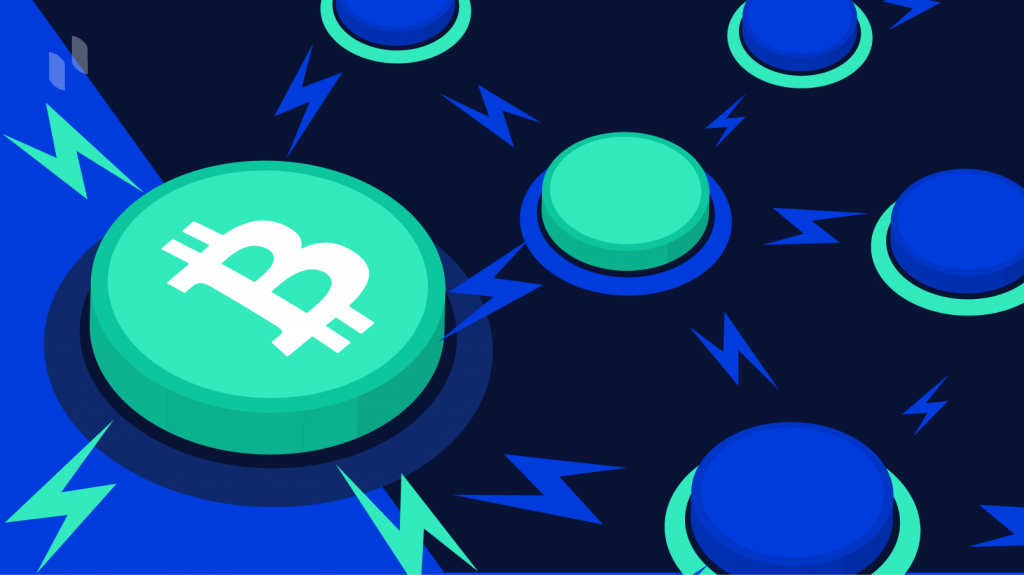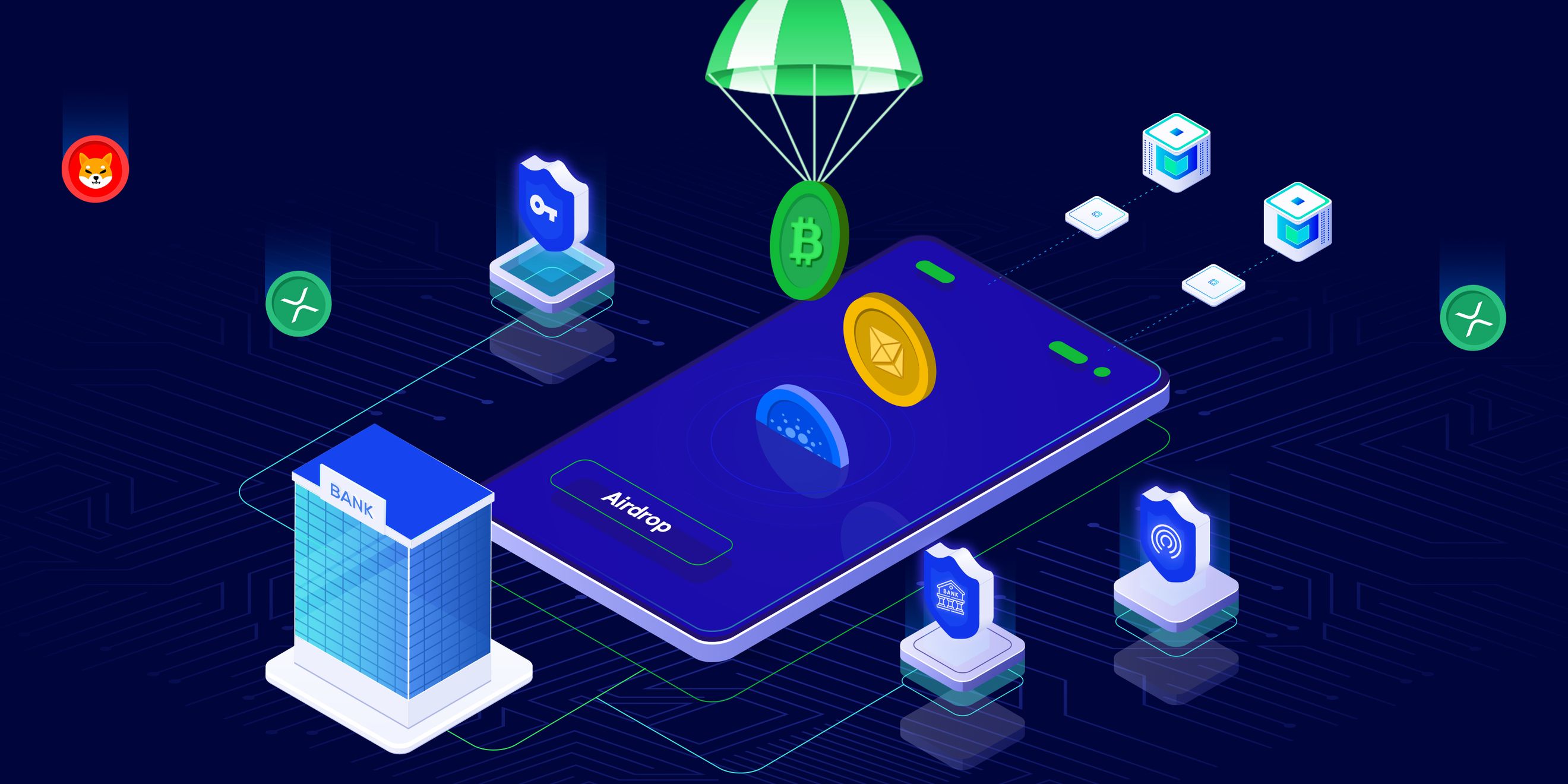Bitcoin’s slow, costly transactions face a bold challenge: the Lightning Network promises near-instant, tiny payments with almost no fees. Can it truly deliver?
Bitcoin Lightning sounds futuristic, right? In reality, it’s a network aimed at fixing one big problem with Bitcoin: speed and fees. You see, Bitcoin transactions on the main chain take time and can cost a pretty penny. That sounds off for a digital currency meant to be fast and global. Enter the Lightning Network.
Think of the Lightning Network as a second layer built on top of Bitcoin’s blockchain. Its purpose? To handle small, quick payments without waiting forever or paying high fees. According to Bitcoin.org, it uses payment channels that let users send multiple transactions off-chain. This means transactions happen instantly and don’t clog up the main blockchain.
“The Lightning Network is a decentralized system for instant, high-volume micropayments that does not require trust in a third party,” explains Blockstream, one of the leading blockchain companies supporting Lightning development.
The magic happens with something called payment channels. Here’s how it works: two users open a channel by locking some Bitcoin into a multi-signature address on the blockchain. They can then transfer money back and forth instantly within this channel without broadcasting each transaction to the world. When they’re done, the channel closes and the final balances get recorded on the blockchain—just two big transactions instead of dozens or hundreds.
This method drastically reduces the load on Bitcoin’s blockchain and cuts the fees for each transaction. Since costs are so low, it opens the door for tiny payments people wouldn’t try on the main network. Want to pay a few cents for a news article without blowing your budget on fees? That’s the kind of micropayments Lightning can handle with ease.
Of course, wallets matter. Not all Bitcoin wallets support Lightning yet—it’s still new tech, although adoption is growing fast. Wallets like Eclair, Zap, and Breez let you send and receive Lightning payments smoothly. And some exchanges and merchants have started embracing it, making Lightning payments more practical for day-to-day use.
“We believe Lightning is the key to Bitcoin’s use as a global payment system, allowing instant and near-zero-fee transactions,” says Lightning.Network, the hub for information about this layer two solution.
Still, Lightning isn’t perfect. It’s a complex technology that requires users to lock funds in channels and sometimes navigate routing issues. Plus, it’s not fully decentralized yet—some channels rely on well-connected hubs, which could be targets for disruption or censorship. But developers are working hard to iron out these kinks.
So, what is Bitcoin Lightning? In short, it’s a clever tool that tries to make using Bitcoin as easy as paying with cash or cards. Faster transactions, reduced fees, and the ability to handle tiny payments that the main network just can’t handle well. It pushes Bitcoin closer to being a truly practical currency for everyday purchases, instead of just digital gold for long-term holders.





